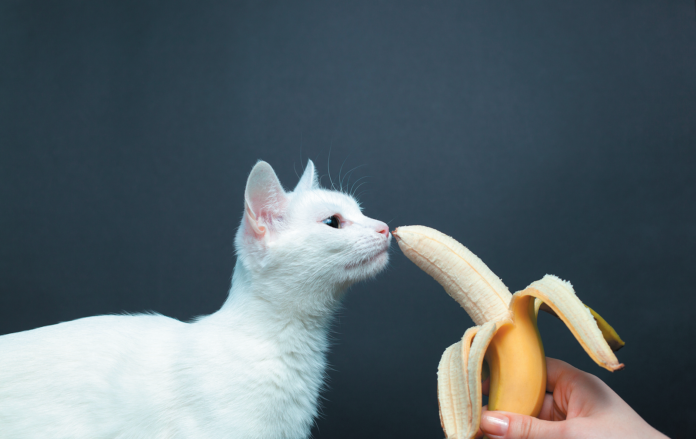Cats live in a world of odors of which we are only dimly aware. While the human nose has about 5 million scent-sensitive cells, the feline nose has 200 million — a 40-fold difference. But there’s more.
Cats also have an odor detector that is completely absent from our anatomy. Called the vomeronasal organ, or Jacobson’s organ (after the man who discovered it), it sits in the roof of the mouth. You may be able to tell when a cat is using it to decipher various odors. He might lift his head, open his mouth slightly, curl back his lips, and perhaps squint his eyes. Called the Flehmen response (from the Upper Saxon German verb for baring the upper teeth), it’s an indication that the cat is gathering information from a scent he is perceiving. Opening his mouth allows the scent molecules to flow over the vomeronasal organ and make an impression on the brain so they can be deciphered more clearly than if the scent came through the nostrils only.
Cats are not the only animals to engage in the Flehmen response to make better use of their vomeronasal organ. So do giraffes, llamas, rhinos, and a number of other species.




